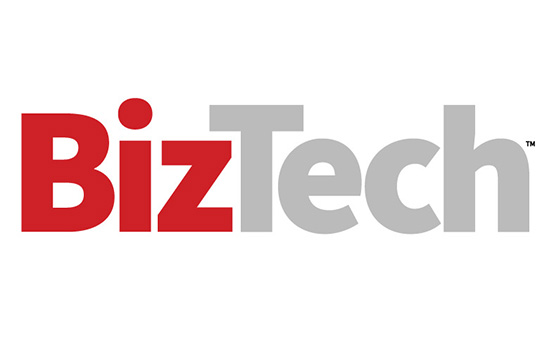Four Ways Cloud Partners Can Help
When working with a qualified partner, businesses should focus on four key areas to ensure they meet their cloud goals with strong security, governance and cost control measures in place.
1. Strategy and design: Work with your partner to explore where you are in your cloud journey and identify your business drivers. In this early phase, you’ll need guidance on the total cost of ownership for your various options, including remaining on-premises for the next several years, pursuing a hybrid cloud strategy or a full migration to the cloud. You’ll want to see what those numbers look like for different time periods; I recommend modeling three, five and seven years to find the break-even point where your organization will begin to see savings.
If you migrate fully or partially to the cloud, the goal should be to do so in the most effective and cost-efficient way, enabling you to reduce costs, gain operational efficiencies, increase innovation and streamline revenue generation.
2. Security and governance: Your cloud strategy should outline how you’ll ensure that you’ll get a fully secure environment that protects applications and data and ensures secure cloud access. This includes securing the edge, implementing policy controls, adhering to compliance frameworks and integrating with existing security standards. You can implement the strategy on your own or engage the partner that drafted it (or a different partner) to collaborate with as you implement the plan.
READ MORE: CDW’s 2024 comprehensive report on cloud computing.
3. Migration and modernization: Your migration strategy should be based on your business needs. For example, applications and data that have interdependencies should be moved together in the same wave. When it’s time to start migrating applications, you’ll need a landing zone — a cloud environment that’s fully provisioned, secure and ready to host workloads, and connected to your on-premises data center.
The application rationalization process will identify the least complex workloads for rehosting, as well as those that can be refactored with minimal code change and those that need to be rearchitected to optimize cloud-native benefits. This can be complex and tedious, but a good partner will guide you through it.
4. FinOps and operations: It’s smart to establish a cloud center of excellence — a team of IT and business leaders that drive the business’s cloud initiative through centralized oversight. The CCOE sets standards and guidelines, and enforces the multiyear cloud roadmap. Here again, a good partner can help set this up.
Finally, your partner should help you develop a FinOps framework, through which you manage cloud costs. The goal is to optimize cost savings and cost avoidance, from discovery through operations.











